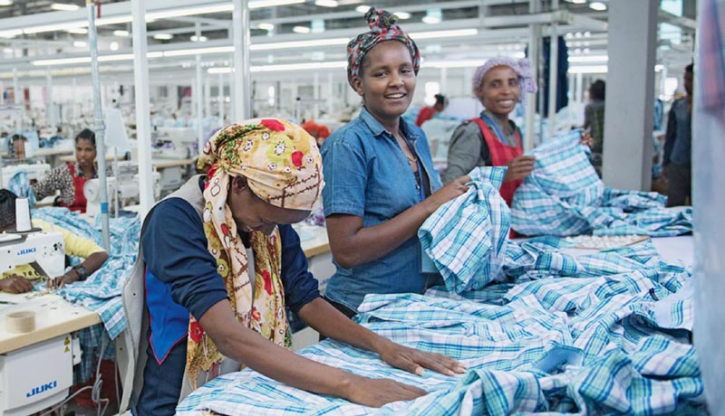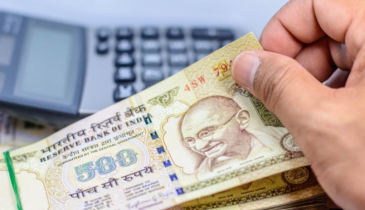Chinese investment in Africa elevates apparel challenge for Bangladesh

Bangladesh’s ready-made garment (RMG) industry — the world’s second-largest exporter after China — is facing a growing competitive threat from Africa, where Chinese investments are rapidly transforming the continent into an emerging apparel hub.
According to Xinhua, China-Africa trade reached a record $295.56 billion in 2024, marking the 16th consecutive year of China’s dominance as Africa’s top trading partner. But beyond trade, Beijing is now focusing on manufacturing — setting up textile factories, industrial parks, and value-added production lines that directly compete with South Asian suppliers like Bangladesh and Vietnam.
By the end of 2023, Chinese firms had invested over $42 billion across Africa, operating more than 3,500 enterprises in sectors such as textiles, light manufacturing, and logistics. During the China-Africa Textile and Garment Industry Cooperation Forum held in Changsha in June 2025, delegates emphasized the creation of a self-sustaining apparel value chain in Africa — encompassing cotton cultivation, spinning, weaving, dyeing, and garment assembly.
In Egypt, Chinese companies are at the forefront of this shift. Within the Suez Canal Economic Zone, a $40 million Chinese-backed apparel complex covering 83,000 square meters is slated to begin operations in September 2025, generating more than 1,200 local jobs. Similar projects are emerging in Ethiopia, Kenya, Nigeria, and Tanzania, where governments are offering tax incentives, cheap land, and duty-free access to Western markets under the African Growth and Opportunity Act (AGOA).
Industry experts warn that such developments could divert global apparel orders from Bangladesh over the next decade. Western retailers, particularly in the EU and US, are increasingly adopting a “China+1+Africa” sourcing model to reduce dependency on Asia and shorten supply chains.
Analysts suggest that Bangladesh must accelerate automation, improve logistics efficiency, and expand into higher-value segments such as sportswear, technical textiles, and sustainable fashion to retain its edge. Failure to adapt could erode its low-cost advantage as African nations emerge as both competitive and politically attractive sourcing destinations.
Economists also view the trend as a strategic opportunity for collaboration. China’s push into Africa could open doors for joint ventures between Bangladeshi and African manufacturers, leveraging Bangladesh’s production expertise and Africa’s access to raw materials and Western markets.
.png)









